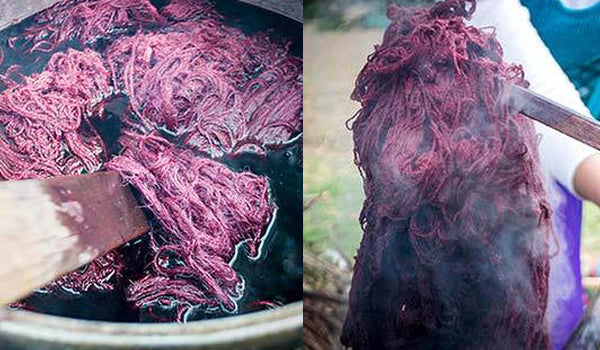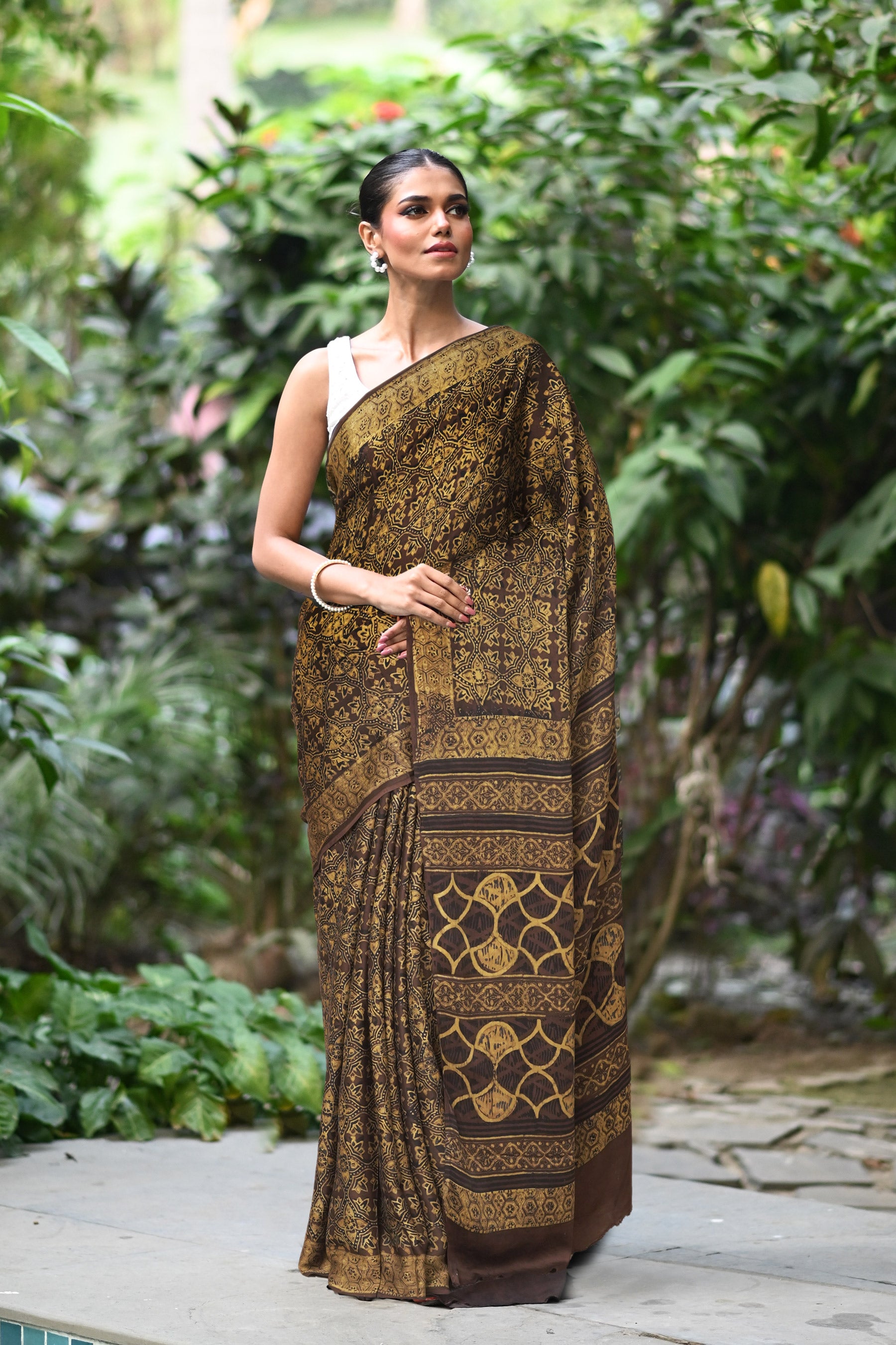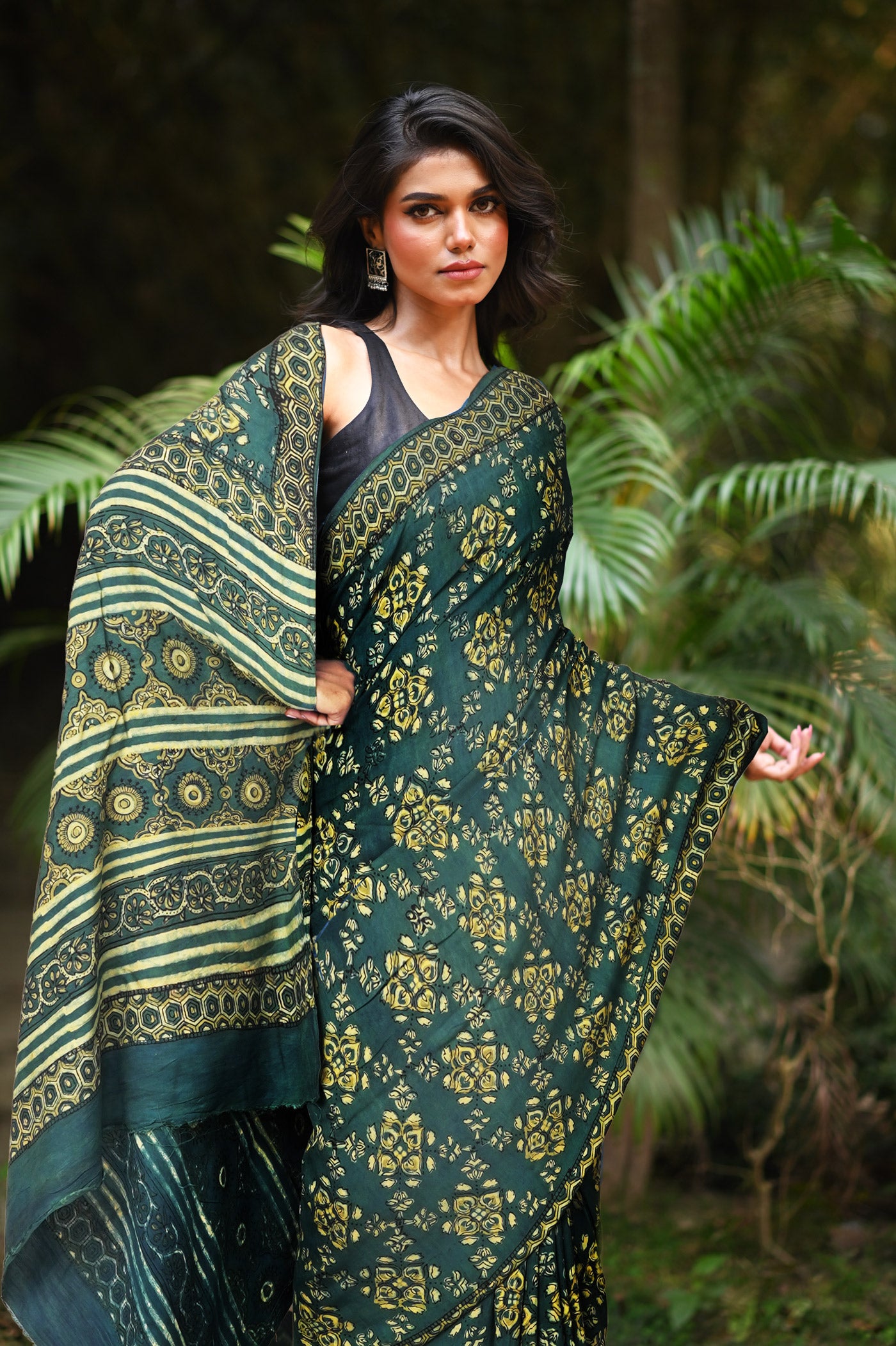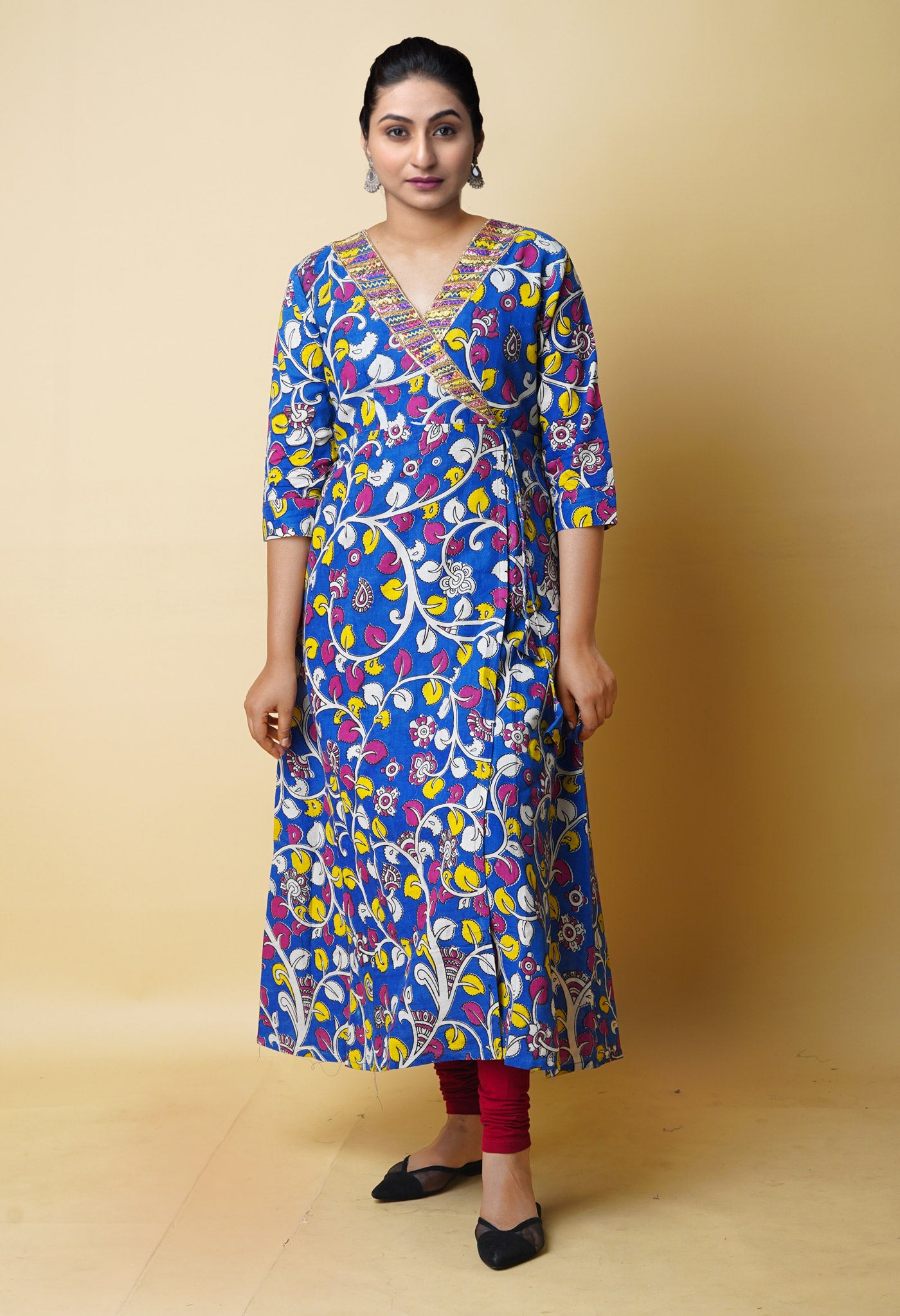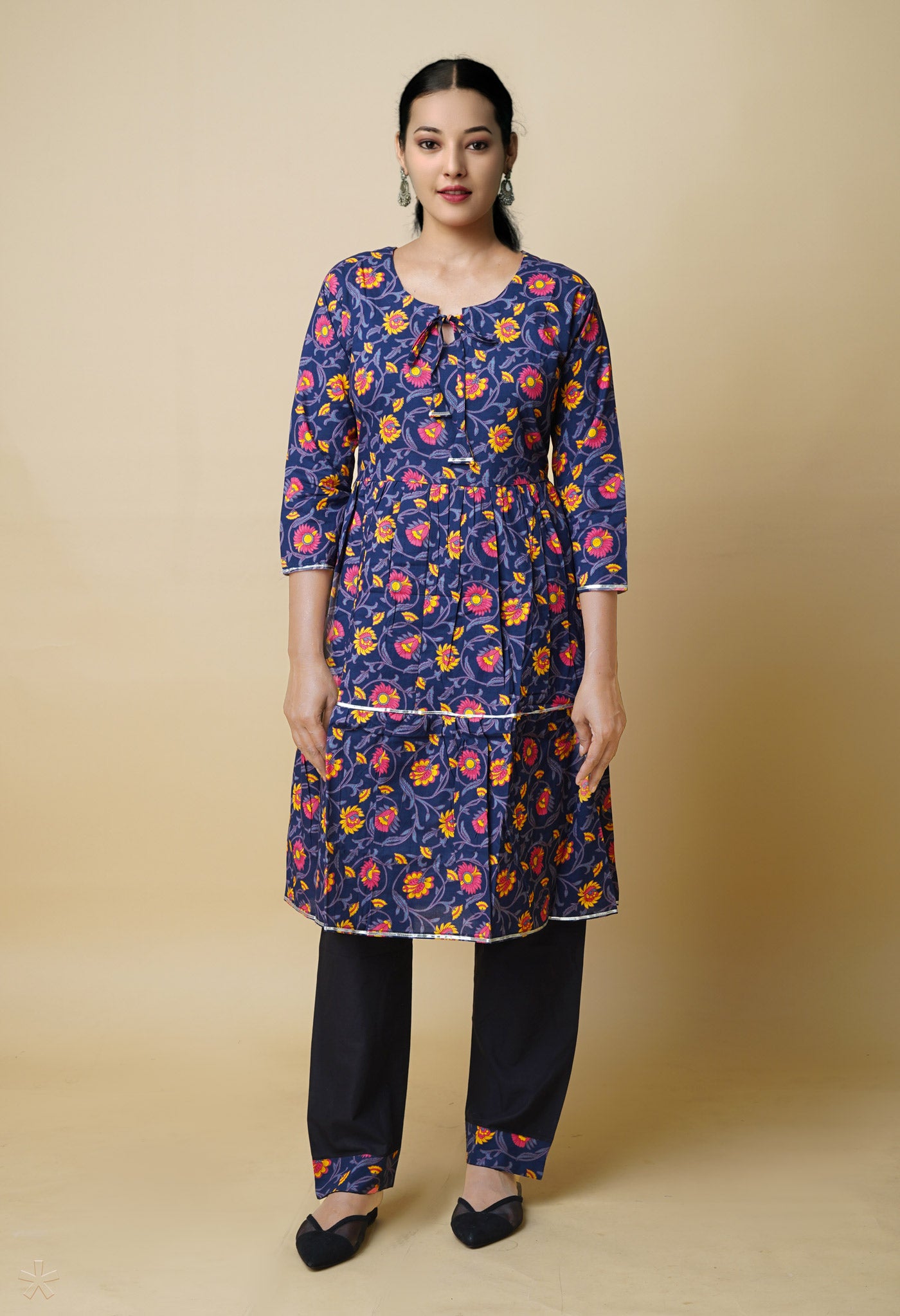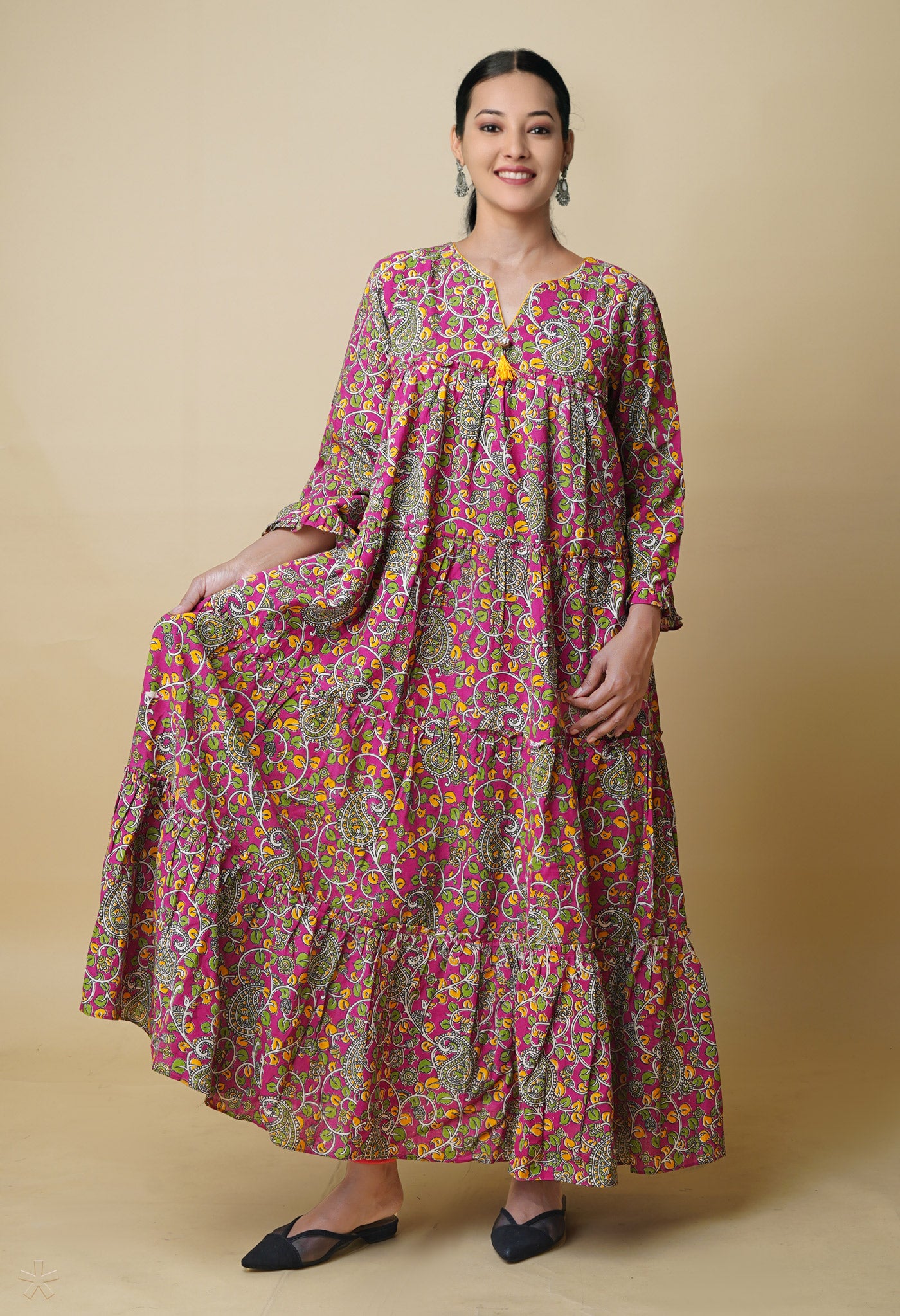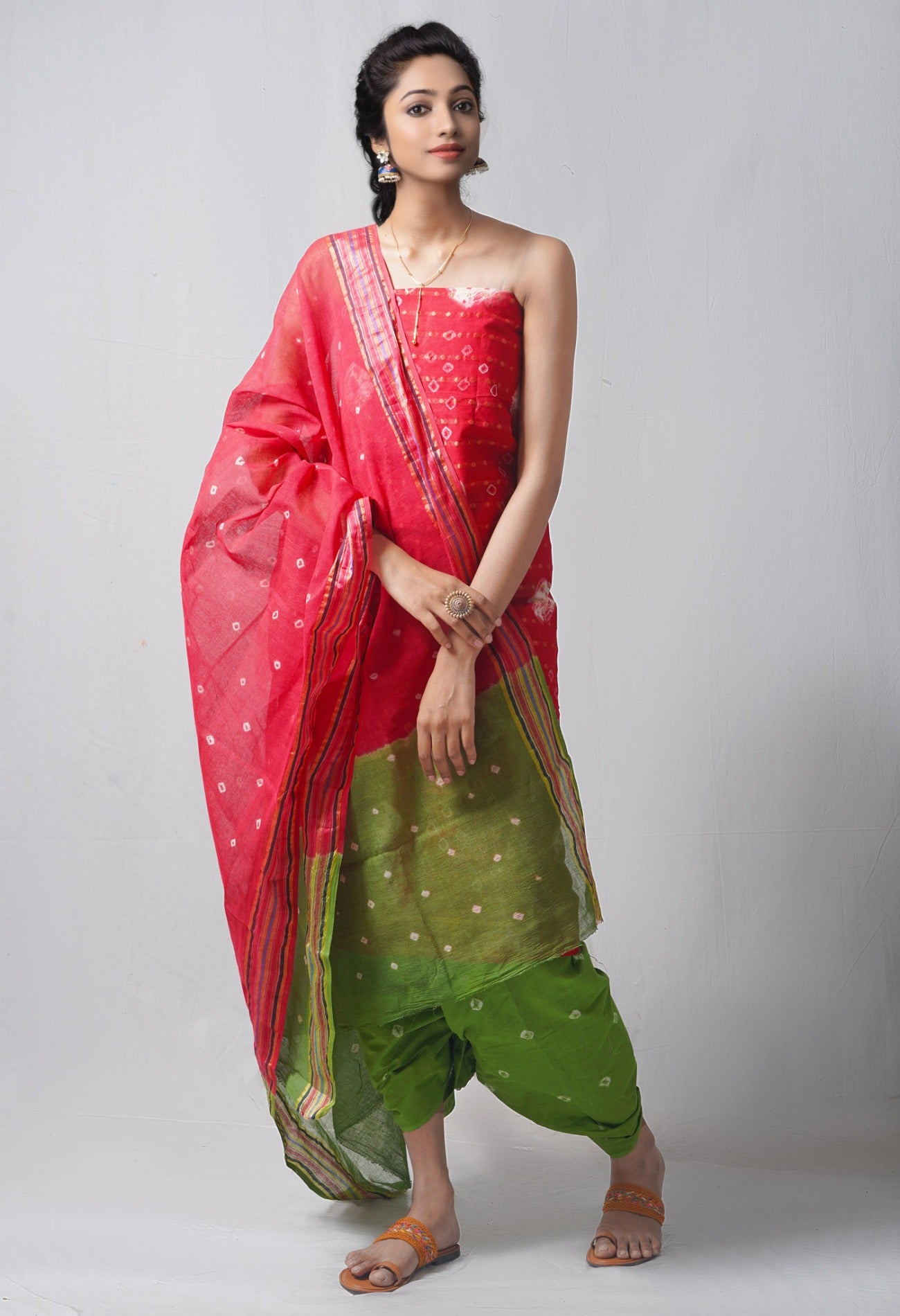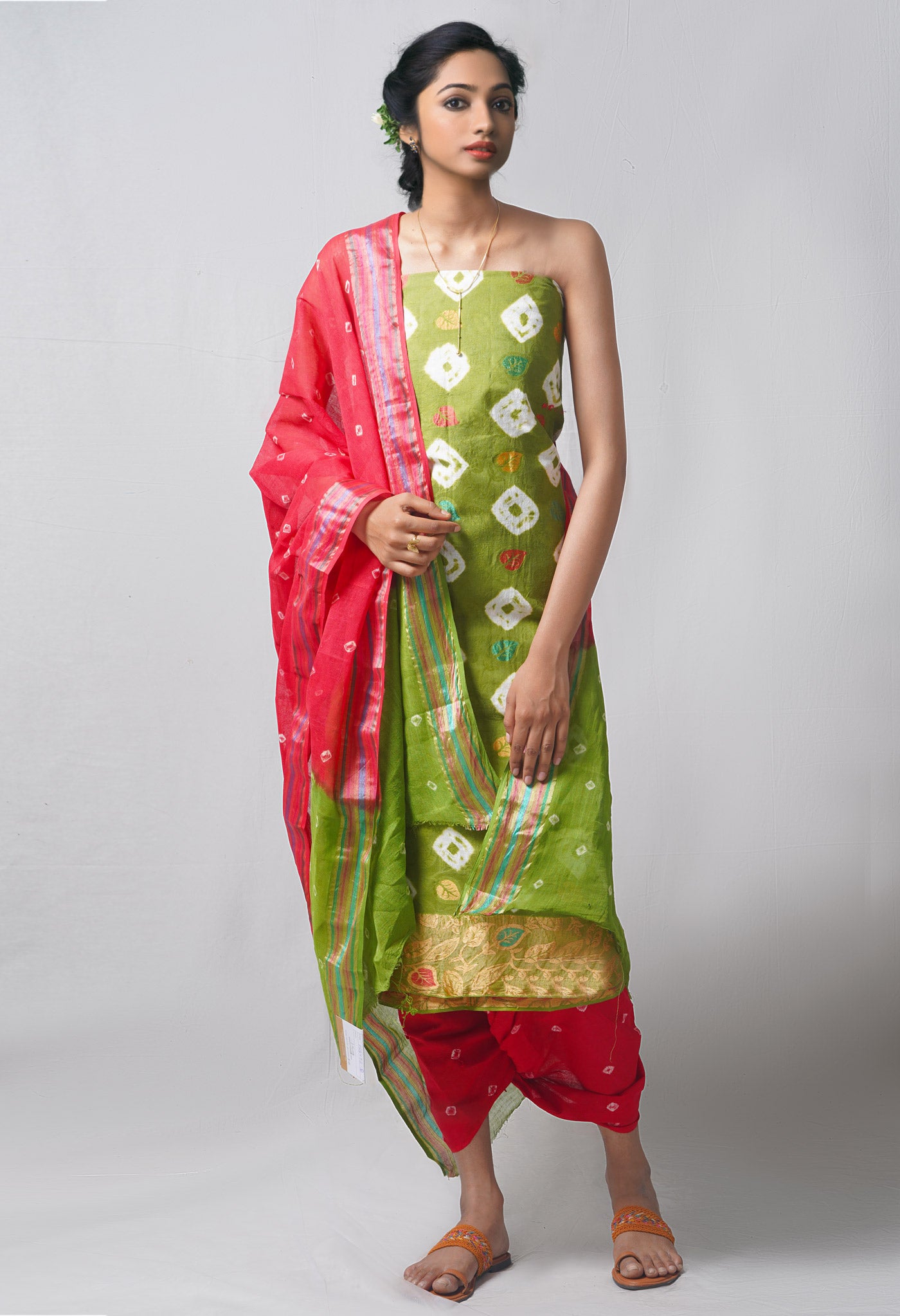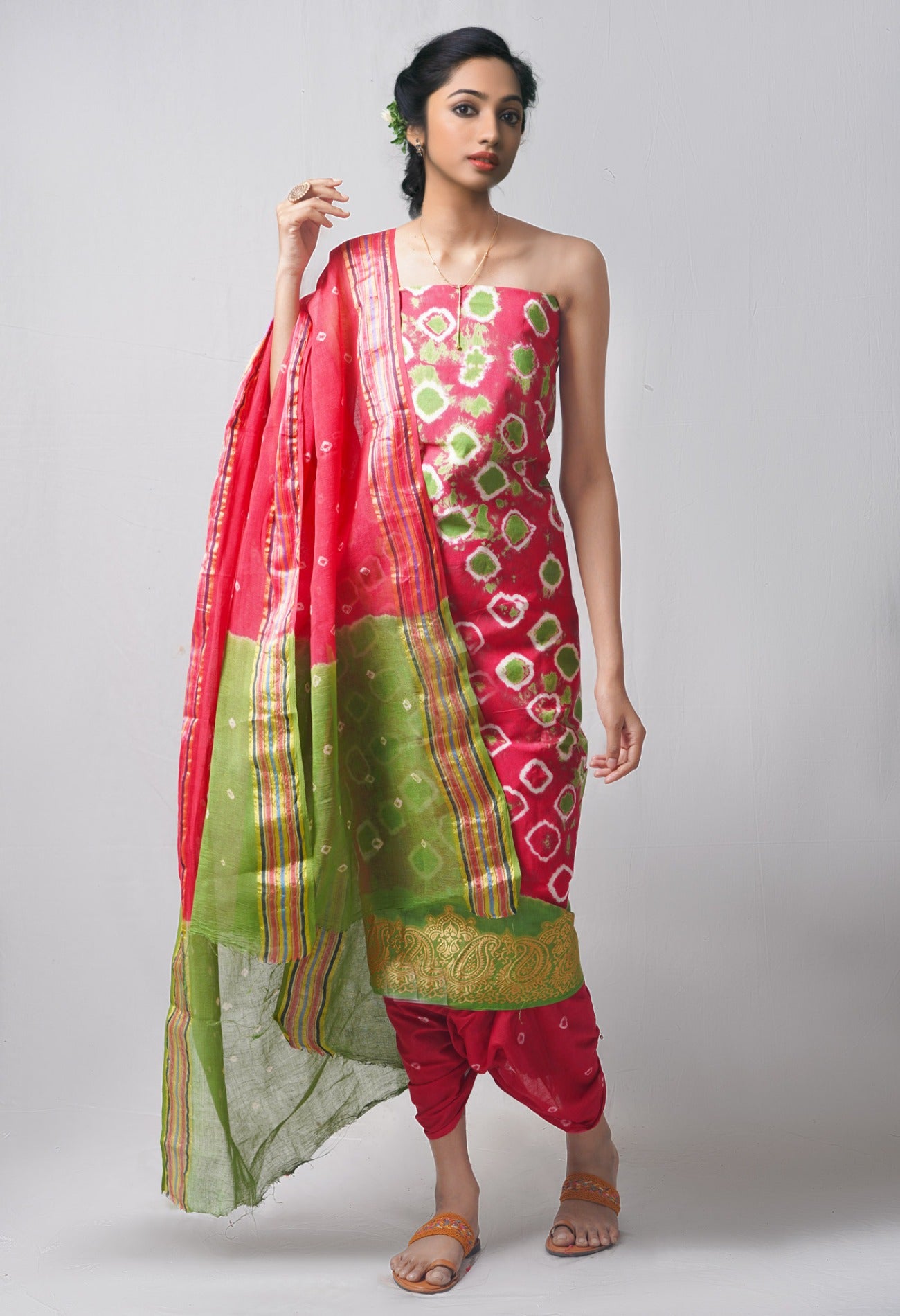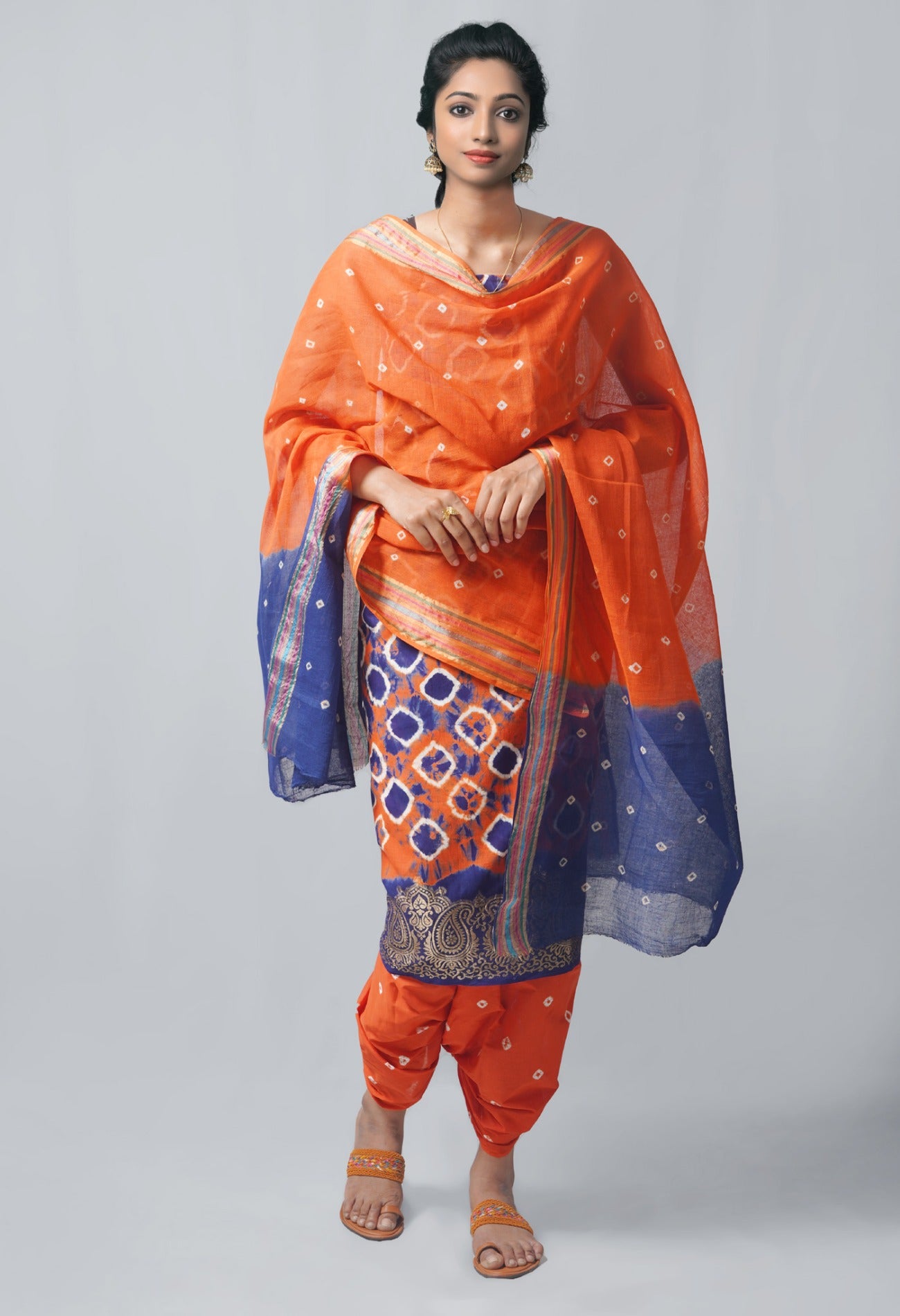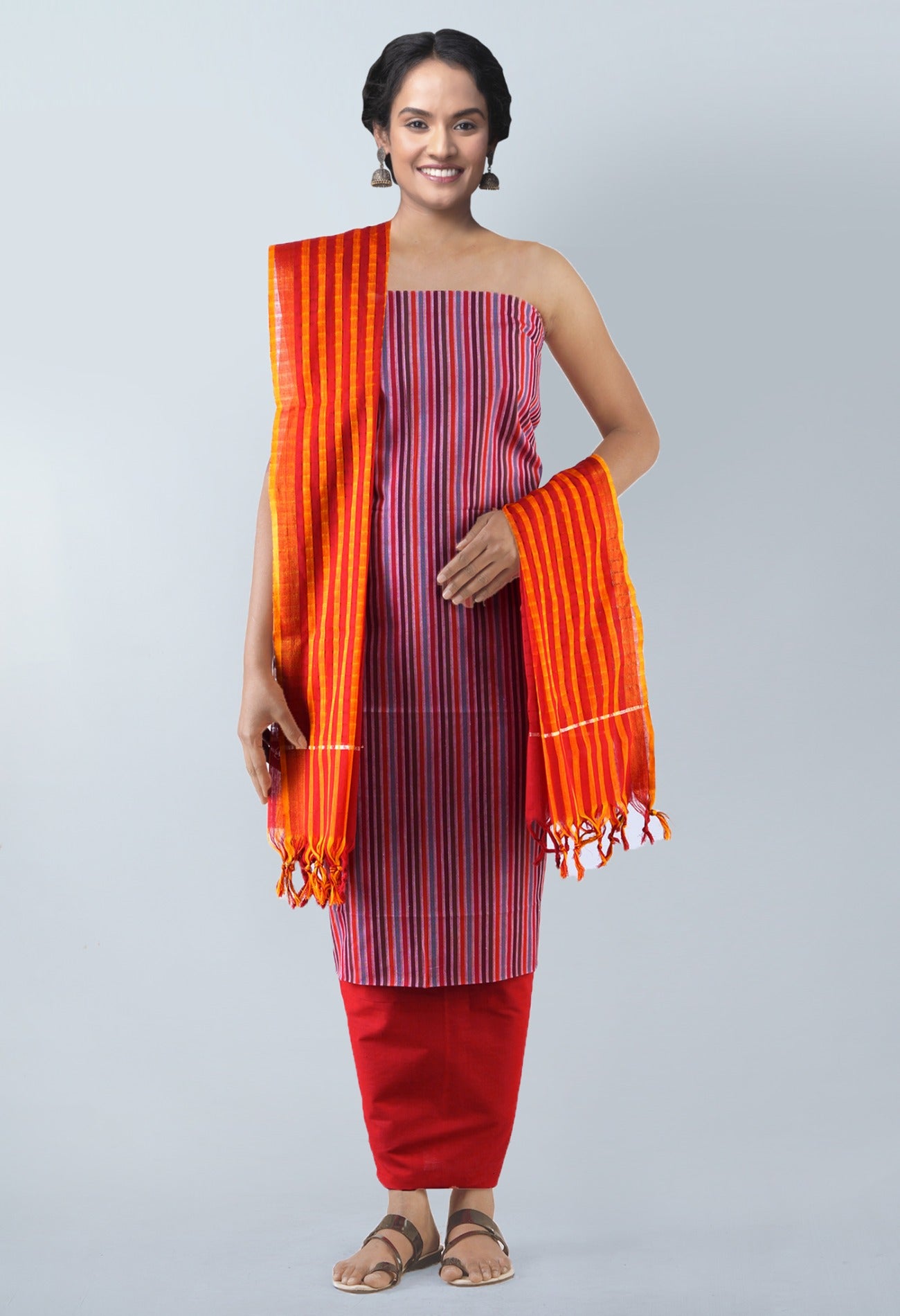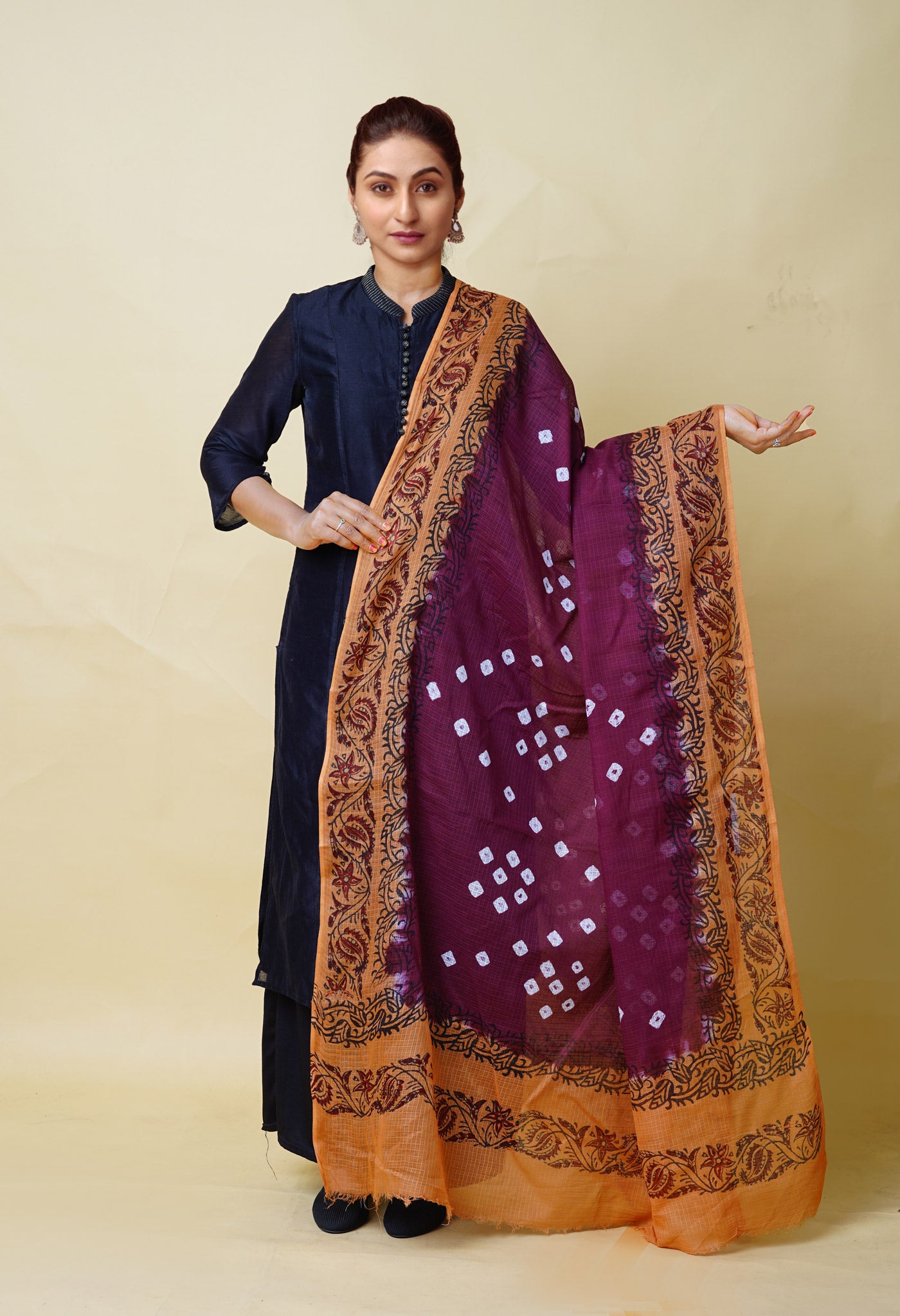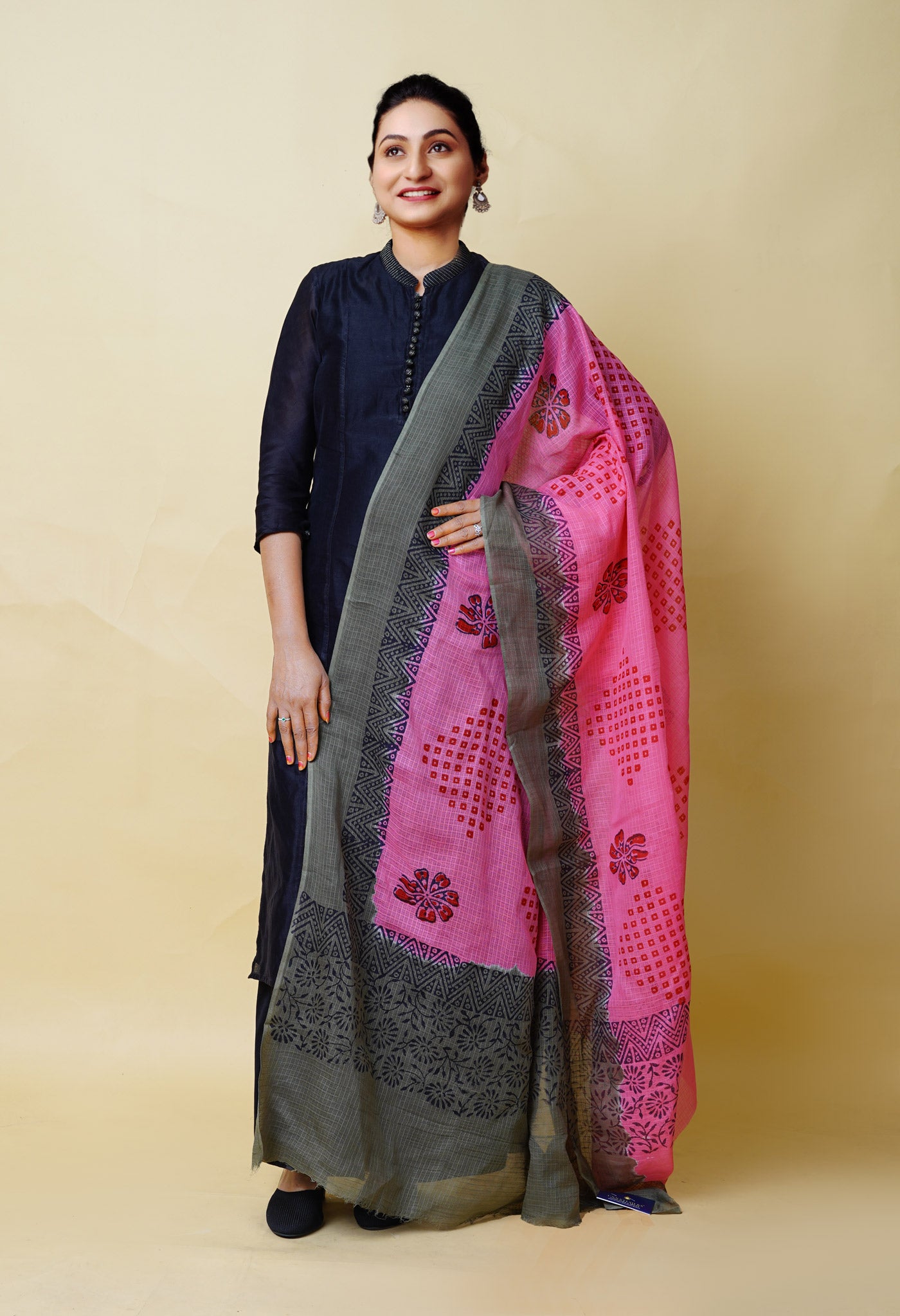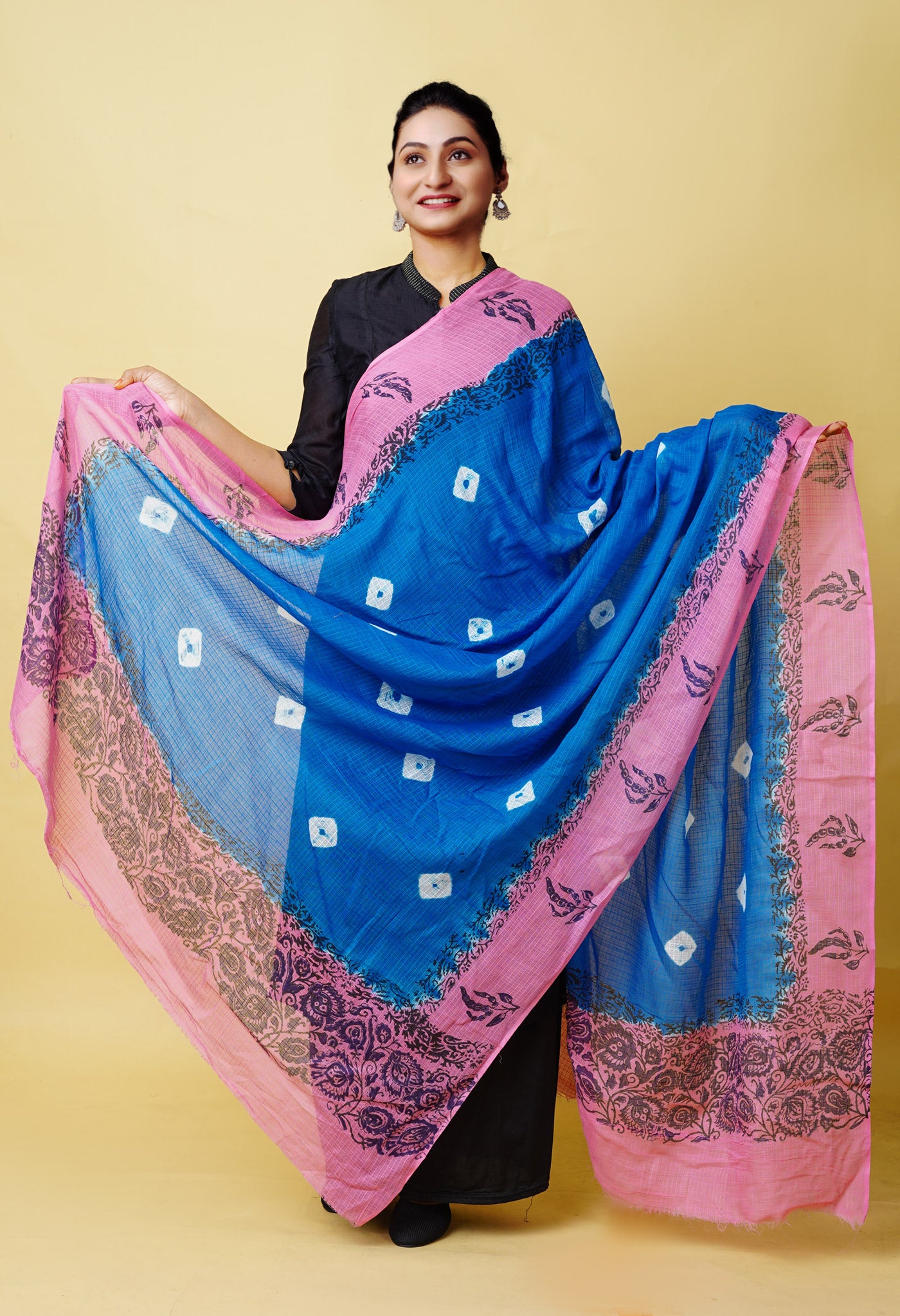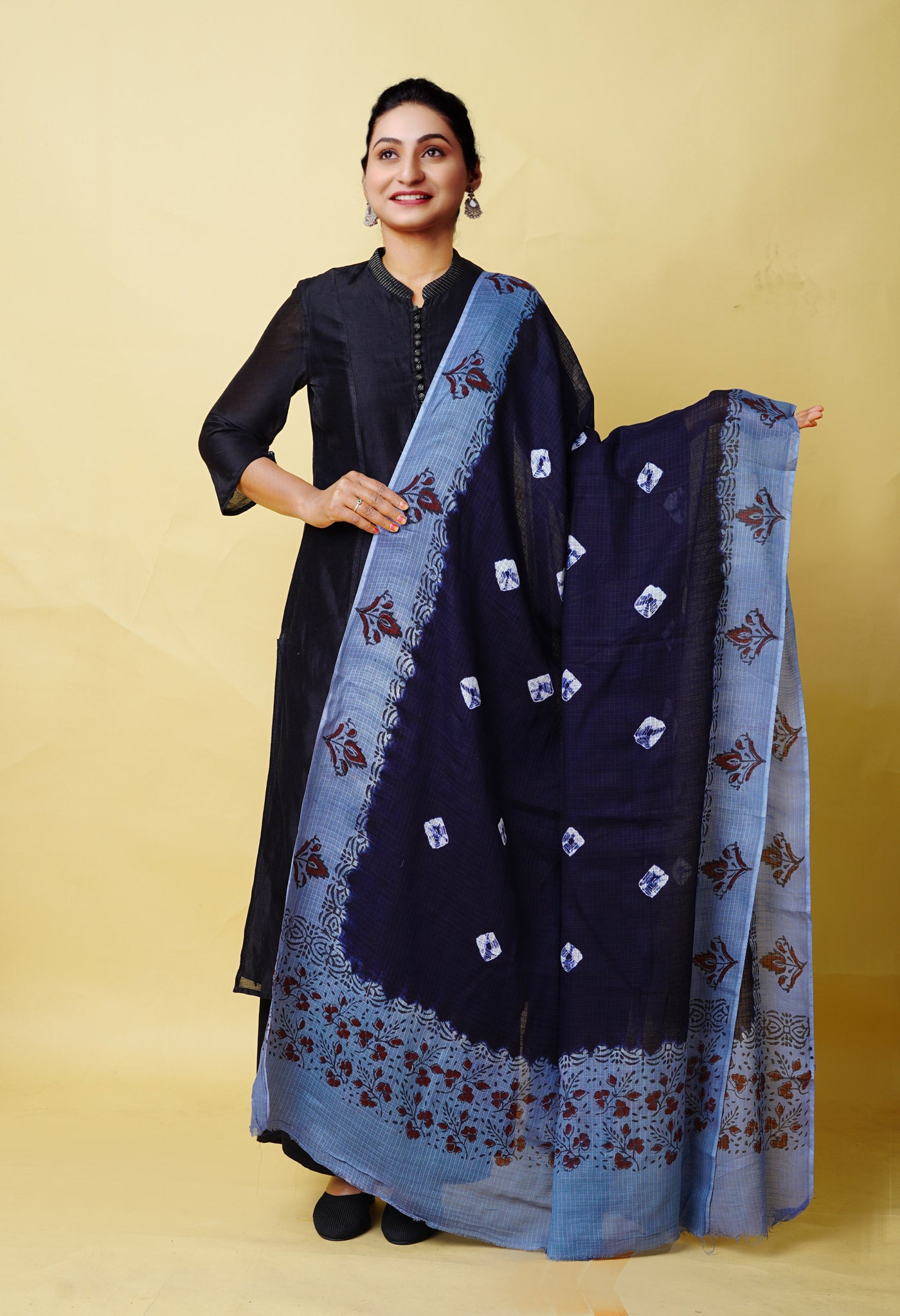
A new textile material for fabrics – the banana plant fibre
Fabrics have been known to be made from natural fibres like cotton fabric, silk fabric, jute, linen and from the time the need was felt and artificial fibres discovered, from them too.
But have you heard about fabrics made from banana fiber?
For a fruit that we saw as having natural nutrition that is used for giving immense strength and health, it is surprising to hear that the plant that bears the fruit could be put to other useful purposes as well.
Well let us see what other things besides the fruit can the plant give.

What does the banana plant consist of?
Banana fiber is composed of
- Cellulose
Cellulose is the main chemical that forms the main structure of plants. It is the most abundant macro-molecule on Earth. It is also a fibre. Cellulose is made from a form of glucose and makes up most of the cell wall of plant cells. This is what keeps a plant in shape. Cellulose is not digestible by humans.
- Hemicelluloses
Hemicellulose (also known as polyose) is one of a number of heteropolymer present along with cellulose in almost all terrestrial plant cell walls. Hemicelluloses have random, amorphous structure with little strength, easily hydrolyzed by dilute acid or base.

- Lignin
Lignin is a class of complex organic polymers that form key structural materials in the support tissues of vascular plants and some algae. Lignins are particularly important in the formation of cell walls, especially in wood and bark, because they lend rigidity and do not rot easily.
A microfibril is a very fine fibril, or fiber-like strand, consisting of glycoproteins and cellulose. Lignin assists and strengthens the attachment of hemicelluloses to microfibrils.
Banana fiber is like bamboo and ramie fibers. But this fiber’s fineness and spin ability are better than bamboo and ramie fibers.

What are the essential properties of the fiber?
- As the chemical composition is cellulose, hemicelluloses and lignin, banana fiber has good fineness and spin ability which include ring spinning, open -end spinning, best fiber spinning and semi-worsted spinning.
- As a fiber it is strong fiber, has smaller elongation and is light in weight.
- The banana fiber has strong moisture absorption quality.
- The best fiber of banana extract is from the bark of banana tree that is easily procured.
- This fiber is bio-degradable and hence eco-friendly.

The Process of making the fibre (Kijōka-bashōfu or Banana cloth)
Banana fiber harvested from the pseudostems and leaves of the plant have been used for textiles in Asia since at least the 13th century. Both fruit-bearing and fibrous varieties of the banana plant have been used.
Known as Kijōka-bashōfu, this is quite prevalent in Japan even today.
- This traditional Japanese cloth-making process requires many steps, all performed by hand.
- Leaves and shoots are cut from the banana plant periodically to ensure softness.
- These harvested shoots of the Bashō trees are first boiled in lye to prepare fibers for yarn-making. The shoots produce fibers of varying degrees of softness, yielding yarns and textiles with differing qualities for specific uses.
- In India, a banana fiber separator machine has been developed, which takes the agricultural waste of local banana harvests and extracts strands of the fiber.
- These are then woven to produce cloth that is light-weight, strong, and smooth to the touch. Approximately forty trees are required to make a standard roll of fabric.
- The colour of the bashō fibre forms the background; patterns are woven in indigo and brown.
- Designs include stripes, checks, and a number of types of kasuri (like ikat).
Then what are the fibres used for?
Plenty, in today’s time! The fiber is used to make tea bags, sanitary napkins, floor and wall mats, yen bank notes, car tyres etc. The outermost fibers of the shoots being coarsest, and are suitable for tablecloths; the softest innermost fibers are suitable for kimono and kamishimo (Worn by samurai and courtiers during the royal period, now by those who fancy wearing it).
Whole pseudostems are cut into strips up to 3 m long. These are beaten, bleached and dried to produce the raw material, which can then be made into products like hand-knotted carpets, tablecloths, kimonos and paper. Outside Japan, Manila hemp is obtained from related plant, Musa textilis, whose unbleached fibres are used for high strength rope.
[gallery size="medium" ids="19388,19389,19390,19391"]
Like linen, hemp, ramie and other long vegetable fibres it does not stick to the skin in hot weather; as such it is suitable for the climate of Okinawa. Since it is no longer practiced in the Ryukyu islands, it is localized to Kijōka, hence the name.
The banana fibre is definitely very useful. But with cotton and silk proving stronger and more flexible materials available in nature, the banana fibre did not get sufficient encouragement. But of late with the revival in some parts of the world, the plant that was wasted after the collection of the fruits could now be utilized much more usefully than ever before.


